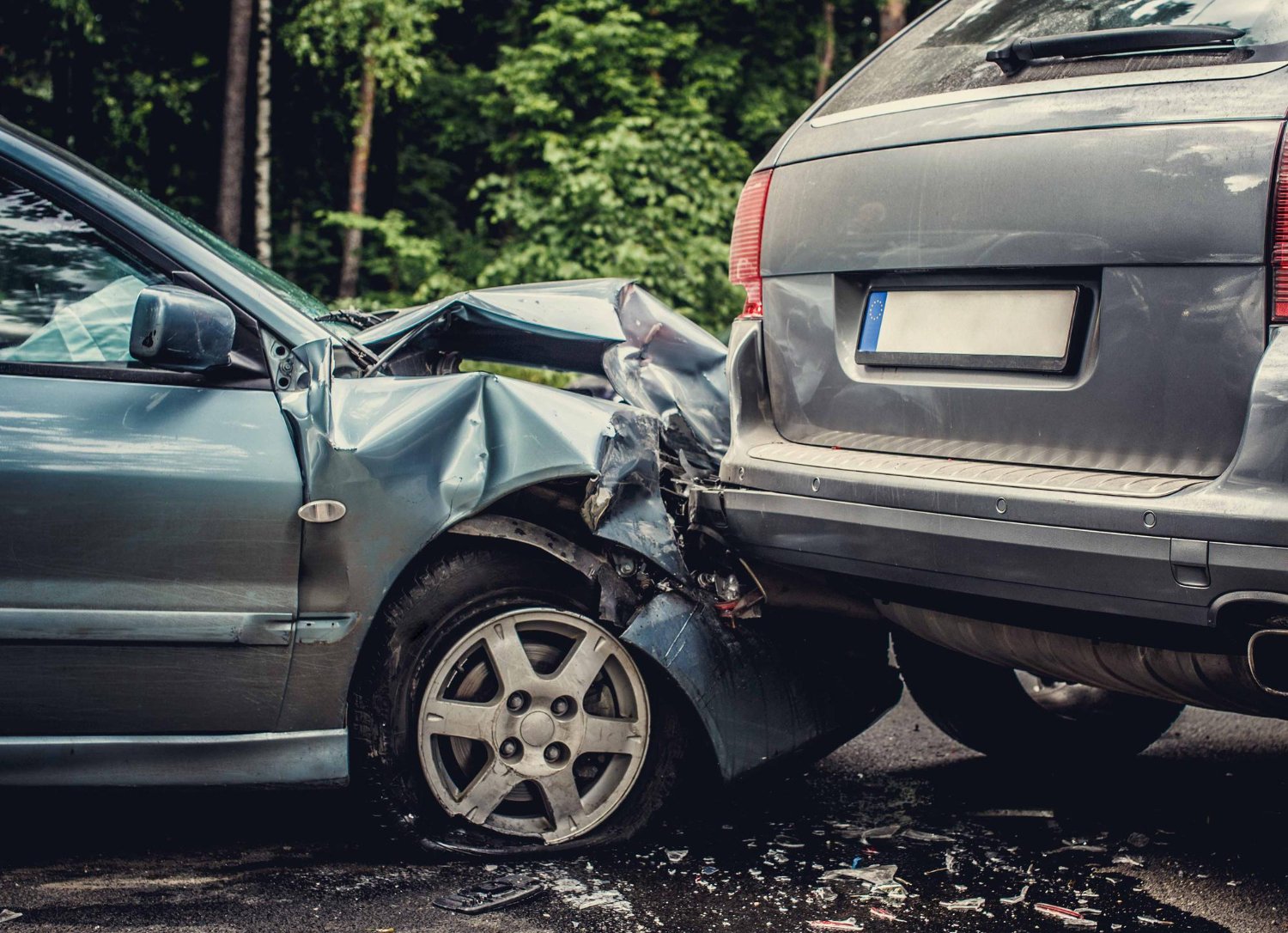Depending on how you’re wired, you probably react in a particular way (by default) to unexpected events. Some people are more emotional and reactive, while others are more even-keeled. If you’re injured, click for more info on how to navigate the next steps.
But if you witness a traffic accident, what should you do to ensure the safety of those involved and avoid legal trouble down the road? Well, check out the list of dos below:
1. Stay Safe
It might be tempting to rush to the scene of the accident and see if you can help, but your safety should be your number one priority. If the accident has occurred in a busy street, approach cautiously and always look both ways before crossing.
If you’re driving, find a safe place – away from the scene – and pull over to the side of the road. As you step out of your vehicle, beware of potential dangers such as glass shards, spilled fluids, and live electrical wires.
2. Secure the Scene
Speaking of caution, be proactive by taking measures to prevent further accidents from happening. The last thing you want is an avoidable pile-up. So, if it’s safe to do so and you have the time, here are some things you can do:
- Use a nearby object to block or redirect traffic
- Put out flares, hazard markers, or turn on your hazard lights.
- If you have a sign or banner, even better.
The key is to ensure approaching drivers see the accident scene and know to slow down or change course. That way, they can avoid adding to the carnage.
3. Call the Authorities
Once you’re safely at the scene, call 911 or your local emergency number. The operator will ask you for your location and the details of the accident so they can dispatch the appropriate responders.
Give them as much information as possible about what happened, including any injuries you can see and the number of vehicles involved. You may also need to describe the nature of the injuries – aspects such as consciousness, coherence, bleeding, and so on.
4. Check on the Victims
As you await the arrival of emergency services, see if anyone involved in the accident needs immediate medical attention. If they do, direct traffic around the accident scene, as this creates a safe space for the victims and first responders. And if possible, provide them with the medical supplies you have on hand.
If the accident is more serious, don’t attempt to move any injured parties as it could worsen their injury. Instead, keep them calm and comfortable until professional help arrives. Your reassurance can go a long way toward helping them remain composed in a frightening and chaotic situation.
5. Move Damage Vehicles
While moving an injured person is not advisable, you can help move damaged vehicles out of the traffic flow – if possible. This helps prevent further accidents and makes it easier for first responders to reach the scene.
6. Exchange Information
Once the police arrive and manage the scene, you can provide them with your name and contact information if they need them. If you’re comfortable doing so, you can also exchange information with the drivers involved in the accident. This might include their name, insurance company, policy number, and contact details.
If the victims consider pursuing a personal injury claim or lawsuit, this information can be very helpful in building their case. Besides, it can help investigators determine who was at fault for the accident.
7. Document the Scene
Sometimes, victims of car accidents will try to leave the scene without waiting for the police. If you witness this happening, try to get the car’s license plate number so they can be located.
Similarly, take photos or videos of the accident scene to document the damage and injuries sustained. Victims may not be in a position to document the scene, so it helps if you can assist them. Such photos could also come in handy if they need to file an insurance claim or take legal action later.
8. Give a Statement to the Police
Most likely, the police will ask you to state what you witnessed. Be as honest and objective as possible in your description of the events. While at it, avoid speculating about who might be at fault. Plus, don’t leave the scene before speaking with the police, as the accident could be considered a hit-and-run. In that case, your witness account would be instrumental to the police’s investigation.
For some people, witnessing an accident is cause for alarm. But, if you know what to do – by following the pointers above – and remain calm, you can play your part, albeit a small one, in helping the accident victims. Consequently, you could make a difficult situation a little bit easier for everyone involved.

